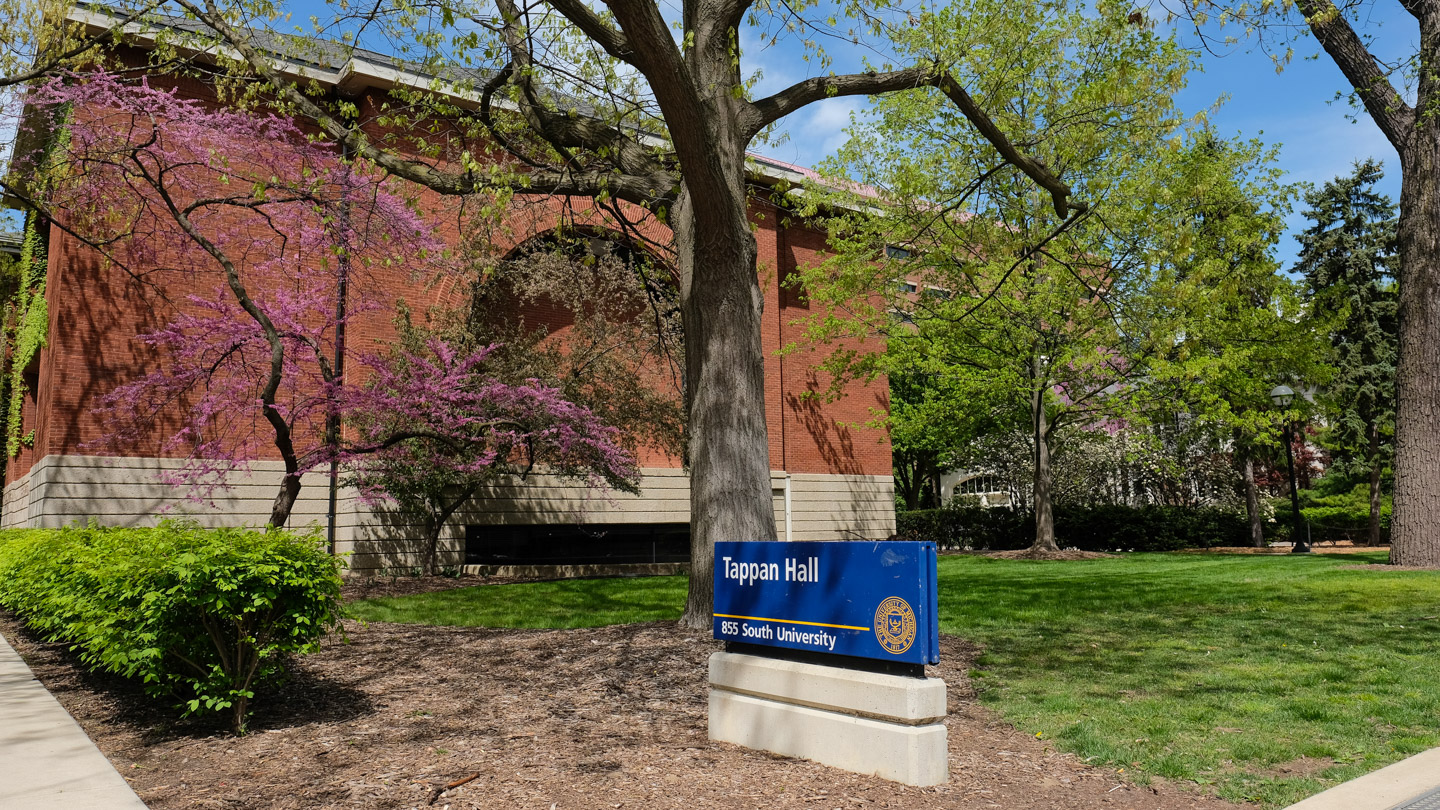The Southeast Asian Art Archive is composed of seven collections, including the Southeast Asia Art Foundation Archive (SAAF), the Breezewood Collection, the Ajanta Caves Collection, the Walter Spink Indian Caves Collection, the Walter Spink Collection, the Borobudur Collection, and the American Council for Southeast Asian Art (ACSAA) Collection. The collection contains photographs and slides of Southeast Asian monuments, sculptures, Indian rock-cut architecture, and more.
The Southeast Asian Art Archive is composed of seven smaller collections, including the Southeast Asia Art Foundation Archive, the Breezewood Collection, the Ajanta Caves Collection, the Walter Spink Indian Caves Collection, the Walter Spink Collection, the Borobudur Collection, and the American Council for Southeast Asian Art Collection (ACSAA). The Southeast Asia Art Foundation Archive contains photographs, collected by John Adams Thierry, that document sculptures, monuments, and archaeological sites in Cambodia, Java, and Thailand. Many of these sculptures and monuments were vandalized, damaged, insensitively restored, or destroyed. The Breezewood Collection focuses on the art and architecture of Thailand, but also includes examples of sculptures, decorative arts, ceramics, and paintings from Burma, Cambodia, India, and Indonesia. The Ajanta Caves Collection contains the research work of Walter Spink and photographically documents 29 of the 31 rock-cut caves. The photographs range from panoramic views of the Ajanta complex to detailed photographs of the façades, porches, courts, shrines, and interiors. The Walter Spink Indian Caves Collection further documents the research of Walter Spink by looking at rock-cut architecture of other caves throughout India, including Aurangabad, Badami, Bagh, Bedse, Bhaja, Elephanta, Ellora, Kanheri, and others. The Walter Spink Collection contains additional research of the rock-cut architecture of temples, shrines, and monuments throughout India. The Borobudur Collection documents the Buddhist monument of Borobudur, found in Central Java, in detail. The last collection is the American Council for Southern Asian Art (ACSAA) Slide Distribution Collection. This collection contains a wide array of materials depicting Southern Asian art and architecture.
